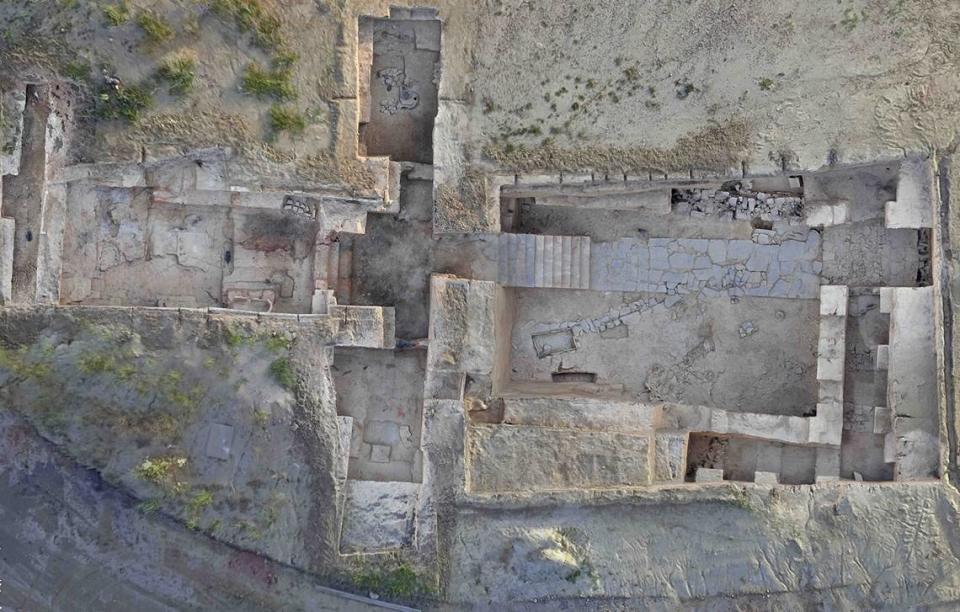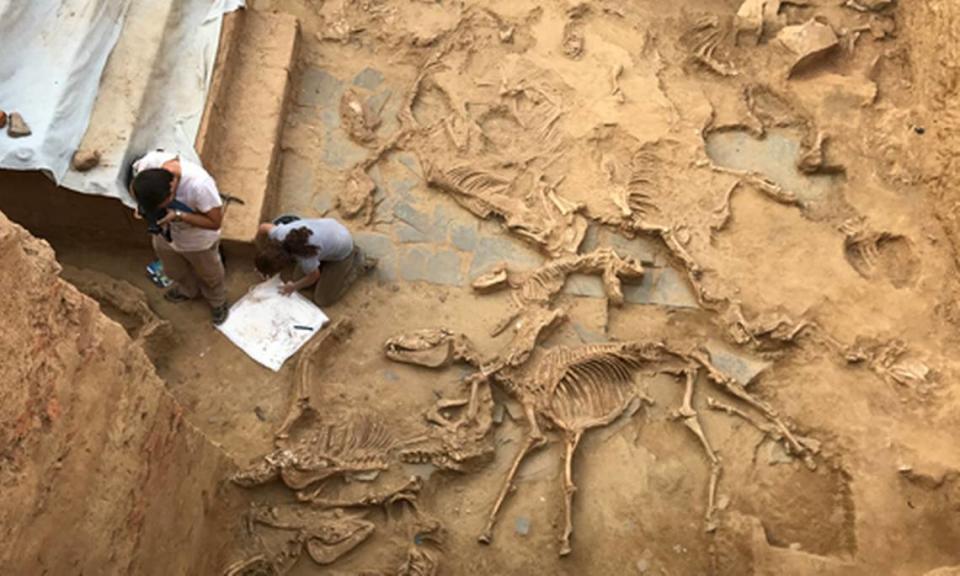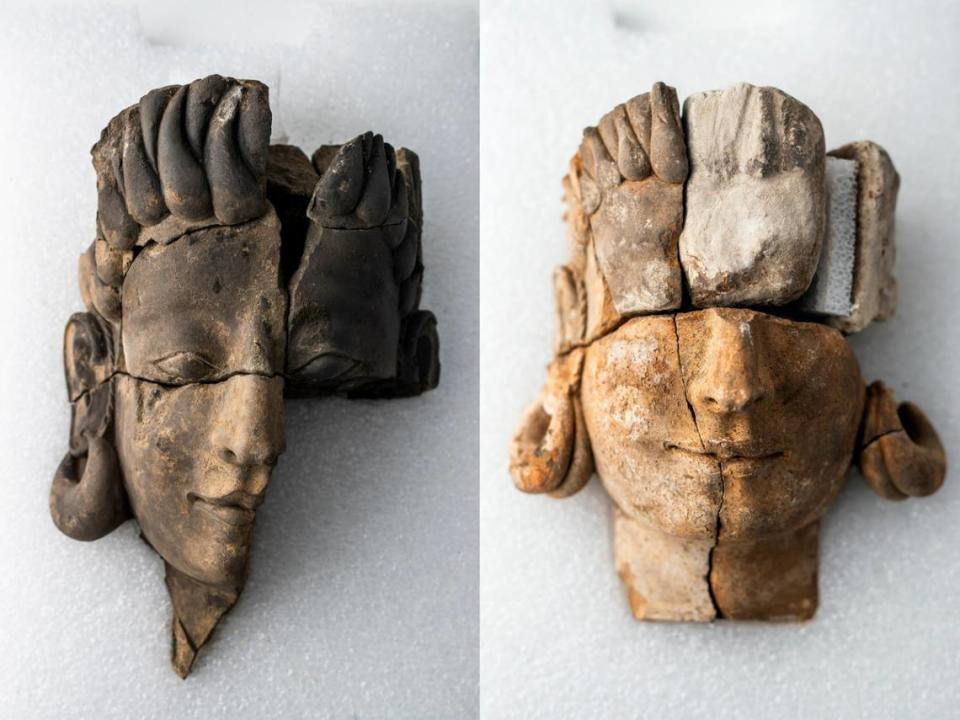2,500-year-old statues — possibly long-lost goddesses— unearthed in Spain. Take a look
Digging through the gray-brown dirt of eastern Spain, archaeologists thought they knew what to expect. After all, they’d been studying this ancient culture for decades and excavating one of its abandoned sites for years.
But as a long-lost face emerged from the ground, archaeologists realized they were wrong.
The archaeologists were excavating the courtyard of the Casas del Turuñuelo in Guareña, the Spanish National Research Council said in an April 18 news release. The site is a well-preserved, two-floor structure built by the Tartessians, an ancient Spanish culture.
Tartessian culture flourished from the ninth to sixth centuries B.C. in southwestern Spain, according to the World History Encyclopedia. Skilled at silver, tin and iron metalworking, the Tartessians became incredibly wealthy — “like an ancient version of the modern ‘El Dorado,’” a mythical city of gold, per the encyclopedia.
The Casas del Turuñuelo was constructed by the Tartessians about 2,500 years ago, according to an article from Building Tartesso, the project hub for Tartessian excavations. Photos show the well-preserved site.
The right-most room is the courtyard. The space has a hallway running along one side and a set of steps leading up to an anteroom that branches in three directions, according to a map from a 2019 study of the site published in the journal Antiquity.
Straight ahead of the anteroom is Room 100, an upper main room with a vault and stone bathtub-like structure, per Building Tartesso. To the right is a smaller room. To the left of the anteroom is the banquet room where remnants of a feast were found, including a complete set of ceramics, jugs, a cauldron and a grill.

The structure may have been a Tartessian sanctuary or temple. Archaeologists found the skeletons of an elaborate mass sacrifice ritual near the courtyard steps in 2017, according to a news release from the research council.
Sixteen horses, two bulls and a pig were sacrificed in the courtyard before the site was destroyed, burned, sealed with clay and abandoned, according to Building Tartesso and the council.

Archaeologists excavating this courtyard unearthed five reliefs of human faces, the April 18 news release said. Experts identified these statues as the first human representations ever found from the Tartessians.
Two of the 2,500-year-old sculptures are almost complete. These statues show two female figures wearing traditional Tartessian jewelry and may represent long-lost goddesses or prominent public figures, the release said.
Photos shared by the Spanish National Research Council on Twitter show these two female figures. One statue has a brown-charcoal coloring and is cracked into several pieces. The statue wears heavy earrings and gazes straight ahead with iris-less eyes. The other sculpture has a yellow-gold coloring with a crown-like band covering where her eyes would be.

The other three sculptures were less complete. Archaeologists identified one as a warrior based on its helmet, but the other two remain a mystery.
Experts have long believed that the Tartessian people were opposed to human representations of their gods, instead choosing to represent their gods as animals, plants or sacred stones, the release said.
After coming face-to-face with these sculptures, archaeologists are profoundly shifting and reconsidering their understanding of Tartessian culture.
Excavations at the Casas del Turuñuelo and other Tartessian sites in the Building Tartesso project are ongoing.
Guareña is about 210 miles southwest of Madrid.
Google Translate was used to translate news releases and Twitter posts from the Spanish National Research Council and the article from Building Tartesso (Constuyendo Tarteso).
Ancient Roman fort found hidden in ‘unassuming’ field near Scottish elementary school
1,600-year-old temple to mysterious Roman god unearthed in Germany. Take a look
2,000-year-old Roman coins found on isolated Swedish island leave experts puzzled

